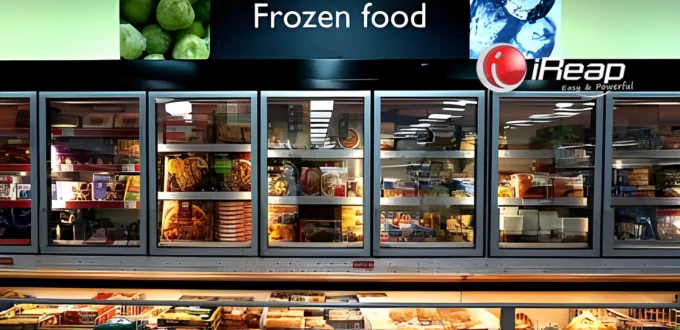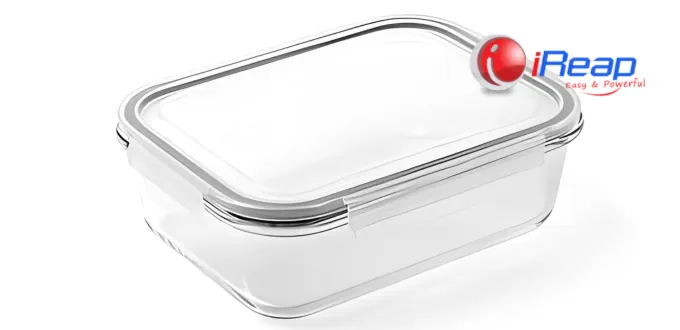
Starting a frozen food business can be an excellent option for anyone looking to explore entrepreneurship and generate income, whether as a side venture or a primary source of revenue. Frozen food products enjoy a wide fan base and consistently strong demand. Below are the essential steps to help you begin your frozen food business journey.
9 Essential Steps to Launch a Frozen Food Business
1. Conduct Market Research and Identify Popular Products
Before launching your frozen food business, it is crucial to understand the market and identify the target audience you wish to reach. Begin by researching current frozen food trends, consumer preferences, market needs, and key competitors.
Don’t forget to analyze various frozen food categories, nearby frozen food agents in your area, pricing, and more.
Understanding the current market landscape enables you to identify potential opportunities and develop a more effective marketing strategy.

2. Define Your Target Market
The frozen food market is vast and diverse, with numerous product variations to sell. This makes it essential to narrow down your target market more specifically, especially after completing your initial research.
To determine your target market, reflect on the following questions:
- Which food category will you focus on—desserts, healthy meals, or ready-to-eat dishes?
- Who will be your primary customers—individual consumers or local residents?
- If selling online, which e-commerce platforms will you use?
- What are the opportunities for B2B sales—for example, supplying restaurants, food stalls, frozen food resellers, or snack vendors?
- Will your business operate as a distributor, agent, or retailer?
Identifying your target market is essential, as it influences inventory planning, required capital, and the marketing strategy you will implement.
3. Choose High-Demand Products
To maximize profitability, select products that are widely favored by consumers. This ensures faster stock turnover and quicker revenue generation.
Choose only high-quality products with excellent taste and freshness to encourage repeat purchases. Satisfied customers may even become loyal patrons of all your frozen food offerings.
To maintain customer satisfaction, continue innovating—introduce new menu items, follow food trends, or develop exclusive products not easily found elsewhere.
4. Prepare Your Capital
Running a frozen food business requires substantial capital, especially for purchasing raw materials and production equipment if you plan to produce your own products.
Create a detailed financial plan early on. Carefully estimate costs for equipment, raw materials, packaging, and operational expenses for the first six months.
Why six months?
This buffer helps ensure your business remains operational even if sales are slow in the initial months.
5. Find Reliable Suppliers
For smooth business operations, ensure that your raw material suppliers (if you are a producer) or frozen food suppliers (if acting as a distributor or agent) have strong reputations, deliver consistently, and uphold high professional standards.
Test their products to ensure quality, as fresh and high-quality ingredients contribute directly to superior frozen food products.
6. Prepare Proper Equipment & Packaging
Correct storage and packaging are crucial to maintaining product freshness and prolonging shelf life.
Invest in high-quality equipment such as freezers, refrigerators, sealing machines, and other tools.
If possible, choose equipment with modern technology to ensure efficient and effective production.

7. Obtain Mandatory Licenses and Food Safety Permits
Beyond the previous steps, securing the necessary licenses and legal permits is essential before starting a frozen food business.
You must acquire documents that verify your products are safe for consumption and compliant with food safety standards. Common requirements include:
- Business Identification Number (NIB)
- Industrial Business License (IUI), Industrial Registration Certificate (TDI), or Micro and Small Business License (IUMK)
- Good Processed Food Production Practice Certificate (CPPOB)
- Additional certifications such as ISO 22000 or SNI, which are highly recommended in the food industry.
8. Develop a Marketing & Promotion Strategy
To grow your business rapidly, implement a strong and effective marketing strategy.
Promote through social media, your website, and e-commerce platforms.
You can also collaborate with restaurants, food stalls, and other businesses requiring frozen food supplies.
Occasional social media giveaways, special promotions, first-purchase discounts, and collecting positive customer reviews can help build trust and strengthen your brand.
9. Partner with a Reliable Delivery Service
Since frozen food can be shipped to many regions throughout Indonesia, consider partnering with trusted shipping companies.
These partnerships simplify logistics, streamline deliveries, and may offer discounted shipping rates. Ensure the courier service is experienced in handling frozen products.
You have now learned the essential 9 steps to starting a frozen food business. But before you begin, make sure to also study important aspects such as calculating frozen food startup costs.



